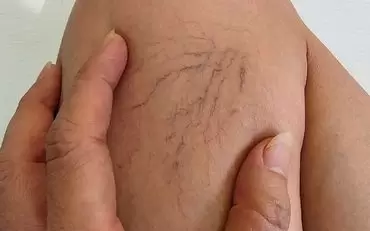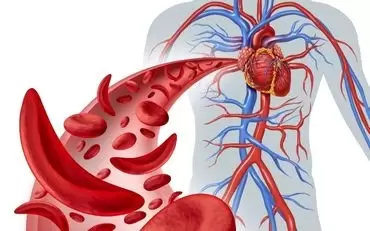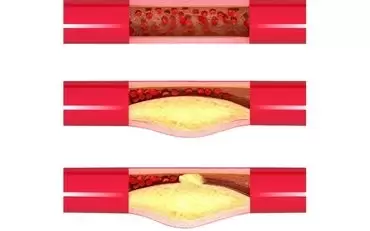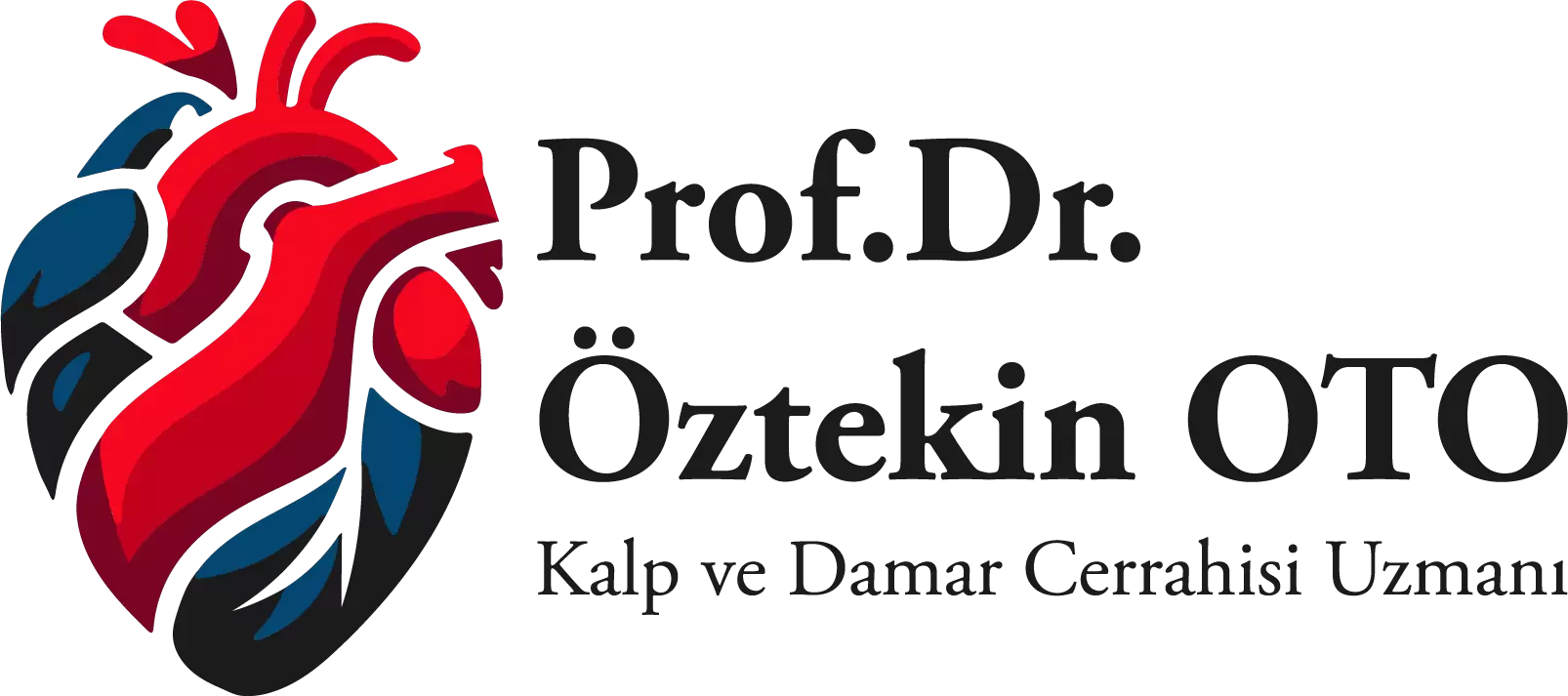16 Oca
EECP Treatment Method
EECP ( Enhanced External Counterpulsation ) Enhanced External Counterpulsation
WHAT IS A CORONARY ARTERY?
They are the arteries that surround the heart and provide the heart muscle with the necessary blood.
WHAT IS COLLETERAL CIRCULATION?
When the blood that is to be delivered to the tissues that need to be fed with sufficient blood cannot be delivered due to an obstruction in the arteries, the body sometimes develops / opens small veins to provide blood flow from healthy arteries to the tissues that cannot receive blood. This type of vein network that forms a channel from one artery to another is called Collateral Circulation. The formation of these veins is a slow process medically. The body of a person with heart disease generally does not have time to wait for the formation of this vein that will provide relief and reduce its symptoms, and it cannot develop this collateral network sufficiently without external support.
WHAT IS ANGINA PECTORIS?
It literally means "Congestion in the Chest". It is the most common symptom of Coronary Artery Disease. The majority of patients with angina complain of chest pain that becomes apparent as a result of mental, physical or emotional stress. These disorders manifest themselves in patients in different ways, but most commonly as shortness of breath, fatigue, indigestion, dizziness, pain in the chest - arm - neck or jaw.
WHAT IS HEART FAILURE?
Heart failure is the failure of the heart to pump enough blood to the tissues due to abnormalities in cardiac functions or to do so under increased filling pressures.
WHAT IS EECP?
EECP is a treatment used in the treatment of Coronary Artery Diseases and Heart Failure, which may be considered new to our country, but is widely applied in America. Studies conducted on the prevention of heart attacks, heart failure and death, which occur during the course of Coronary Heart Diseases, which are the most common and leading causes of death in the world, have revealed the benefits of "EECP" treatment.
EECP is a non-invasive, atraumatic, risk-free, non-consumable, non-hospitalization-requiring, effective, and permanent treatment method with long-lasting results. EECP Treatment ensures the expansion of the coronary arteries and their thin end branches that feed the heart, the opening of connecting branches called collaterals (natural bypass) between these branches, and the formation of new capillaries. Thus, in coronary heart patients with narrowing and blockage in the coronary arteries that feed the heart, the lack of blood flow in the heart is corrected, complaints such as chest pain, fatigue, shortness of breath, and palpitations due to coronary insufficiency are reduced or even eliminated, the risk of heart attack is reduced, and the quality of life is increased. The patient receives outpatient treatment, and after EECP treatment, the rate of occupying a hospital bed, applying to the emergency room, and applying to a doctor decreases or disappears.
EECP treatment is an easy method applied for one hour a day for 35 days. After one hour of treatment, patients can go home or work. International multicenter studies have shown that 88% of patients who received EECP Treatment continued its effectiveness after 5 years. The tests performed have also been proven by scientific studies.*
EECP Treatment has been approved by the FDA for use in the treatment of Heart Failure, Stable Angina, Unstable Angina, Cardiogenic Shock, Acute Myocardial Infarction diseases. The device used in EECP Treatment has CE Certificate, ISO and other approval documents.
HOW IS EECP TREATMENT APPLIED?
The patient who starts EECP treatment receives outpatient treatment for 1 hour a day, 5 or 6 days a week, for 35 days. There is no pain or ache during the treatment. It carries no risk to life. It is an extremely safe treatment method. Since no intervention, including injection, is made during the treatment, the patient does not feel any pain or discomfort. They can spend this time reading newspapers, books and listening to music.
HOW DOES THE EECP DEVICE WORK AND WHAT IS THE PURPOSE OF THE TREATMENT?
EECP Device - It consists of a control console, patient treatment table, air compressor, and 3 pairs of cuffs. The cuffs are wrapped around the lower leg, upper leg, and hips. The patient is connected to the ECG during the treatment and systolic and diastolic pressures are monitored via finger plethysmogram. During diastole, the cuffs are filled with air by the microprocessor and computer in the system and inflate sequentially. Thus, blood flow to the heart is increased and the heart muscle is fed. During systole, the cuffs simultaneously deflate, reducing the load on the front of the heart. Thus, the workload of the heart is reduced. Since the system is connected to the ECG, this event is repeated in every heartbeat. Increased coronary blood flow and chronic pressure increase in the vascular wall, the pressure difference between the vascular bed provokes the development of a fine capillary network, thus providing nutrition to the area with ischemia in the heart with collateral circulation that will develop despite the blocked main vessels
EECP'S ET HOW DOES IT ACT?
Normal heart function depends on the balance between oxygen consumption and oxygen supply. Oxygen consumption is related to heart rate and pumping. Oxygen supply is provided by blood flow. 80% of the blood flow to the heart muscle occurs during the relaxation phase of the heart. Clinical studies have shown that EECP treatment causes natural By-Pass. EECP nourishes the heart muscle by providing the formation of a new vascular network.
The effectiveness and reliability of this system, which has been used in the treatment of coronary artery disease and Heart Failure, have been proven by scientific studies.
TO WHICH PATIENTS IS IT APPLIED?
Those who have had a bypass or balloon wire cage treatment before but developed vascular occlusion again. Patients whose complaints continue despite current treatment methods being applied. Patients who cannot undergo surgery because their vascular structure is not suitable. Patients who are considered risky to undergo surgery due to accompanying diseases. Patients who do not accept surgery or balloon, stent treatment. Heart failure
WHO IS IT CONTROVERSIAL TO PERFORM EECP TREATMENT?
Patients who have had a bypass surgery within the last three months. Patients who are likely to have a clot in their body. Those with open wounds on their legs that cannot heal. Those with severe aortic insufficiency. Uncontrolled high blood pressure (180 / 110). Those who are pregnant or likely to be pregnant.
WHAT ARE THE BENEFITS OF EECP TREATMENT?
It increases the blood flow returning to the heart. In the relaxation phase of the heart, it provides more oxygen to the heart. By pumping the blood stroked from the legs towards the heart, it increases not only the amount of blood filled to the heart but also the blood flow to the vital organs of the body, including the kidneys and brain, without putting additional burden on the heart. With the simultaneous deflating of the air bags connected to the legs, the workload of the heart decreases and the performance of the heart increases. Ensuring blood flow to the heart increases tissue nutrition. It increases the formation of a new blood vessel network around blocked or damaged blood vessels. It reduces or eliminates the frequency and severity of chest pain. It reduces the formation of lactic acid, which causes muscle fatigue. As a result of ensuring the flow of oxygenated blood to the heart, it strengthens the heart muscles in those with heart failure. It increases the person's functional capacity. It increases the person's quality of life. It reduces the risk of heart attack. It reduces or eliminates the need for the use of chest pain medications. The positive effects of EECP treatment will continue throughout the treatment and for many years after the treatment is completed. It is generally tolerated by all patients without any side effects.
WHAT KIND OF IMPROVEMENTS ARE OBSERVED AFTER EECP TREATMENT?
Patients can walk longer distances, carry heavier packages and be more active without chest pain. Chest pain attacks are rarely seen in patients. Patients need less anti-angina medications. Patients can return to work, garden, go out to eat, travel, play tennis, bowling and golf. Patients feel more confident about being more involved in their social lives, participate in volunteer activities and exercise without fear of chest pain.
DOES EECP® HAVE ADVANTAGES OVER OTHER VALUABLE TREATMENT METHODS?
It does not carry any risk as long as the indications and contraindications are followed. Ease of use. No consumables are used. Parallel to factors such as materials and equipment, it does not put the patient's life at risk in any way. The treatment does not require hospitalization, patients can come and go for treatment as outpatients, therefore there is no loss of labor and time. It provides objective and subjective recovery in conditions where invasive revascularization techniques are inadequate.
DOES EECP TREATMENT HAVE SIDE EFFECTS?
In some patients, insignificant skin irritations have been observed due to the pressure of the cuffs. Apart from this, no other side effects have been observed.
DOES EECP TREATMENT ELIMINATE BY-PASS SURGERY?
No. Unlike By-Pass Surgery and Balloon Angioplasty, EECP Treatment is a treatment method that is performed on an outpatient basis, has no risks, and is comfortable for the patient. For those with more severe disease or Left Main Coronary Artery Disease, Bypass Surgery may be necessary. EECP Treatment is an option for those who are not suitable for interventional methods or do not prefer these methods. For patients who have tried many interventional treatment methods or for whom a new Surgery would be risky, EECP may be the only solution.
HOW LONG HAS EECP BEEN USED IN EECP TREATMENT?
EECP Treatment is the result of 50 years of research and development.
The reason why EECP® treatment is presented as a new technique is that it entered routine clinical use in 1995. The counterpulsation theory dates back to 1953 and the first clinical reflection of this theory was the Intraaortic Balloon Pump (IABP). The practical routine use of EECP® technology
Related Articles

Glue / Adhesive Treatment
Varices may be treated with many different methods. New methods can be applied in the diagnosis and ..
Read More
Cardiovascular Diseases
Today, heart palpitations can be treated not only with medications but also with surgery. Patients e..
Read More
Atherosclerosis (Arterial Stiffness)
Atherosclerosis is described as the narrowing and hardening of the arteries due to build-up of chole..
Read More




